Embrace the Olympic spirit
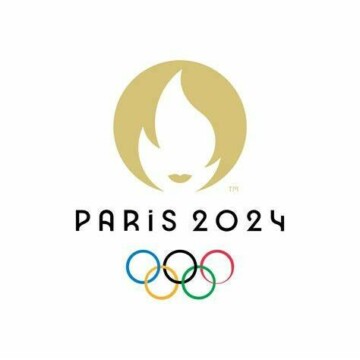
The stage is set for some Olympic and Paralympic Games like never before.
In Paris, the opening ceremony will feature a breathtaking boat parade on the River Seine, passing iconic landmarks like the Eiffel Tower and the Louvre Museum. This grand event will unveil a city transformed by the Games.
But what about those watching from home? Thanks to the latest 5G technologies, 8K livestream experiences, and innovative AI solutions, accessibility to the Games will reach new heights. Fans worldwide will witness events in real-time through a global constellation of telecommunication satellites, a marvel we now almost take for granted.
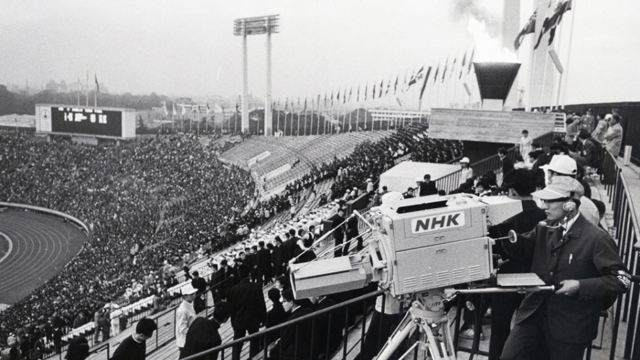
Tokyo Olympics Opening Ceremony 1964
It’s fascinating to reflect on how space technology has revolutionized the way we experience global sports events today. If we take a trip down memory lane, back in 1964, the Tokyo Olympics made history as the first to be broadcast directly via satellite. The Telstar 1, the world’s first active communications satellite and the first commercial payload in space, enabled the global transmission of event images within minutes. This breakthrough allowed approximately 600 million people to watch the Olympic Games that year, marking a pivotal moment in broadcasting history.
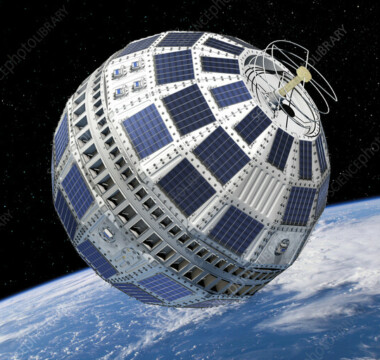
Illustration of satellite Telstar 1 communications satellite.
This historical backdrop set the tone for our recent webinar, organized in collaboration with the European Platform for Sport Innovation (EPSI). The event explored the profound interconnection between space and sport, and focused mainly on the topic of enterntainment and engagement with sport events and outdoor activities. Key speakers showcased how these two domains intersect in entertainment and live broadcasting, leveraging satellite technologies to deliver unparalleled experiences.
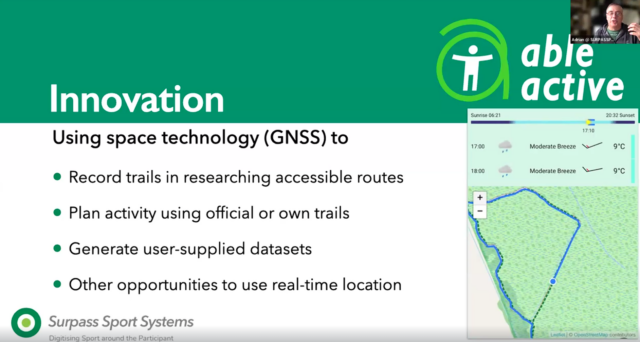
We learned how space solutions are being leveraged to bring sports and outdoor activities to everyone with Adrian Geissler, CEO of Surpass Sport Systems, who introduced Able Active:
With detailed information, real-time data, and peer accessibility ratings, this app ensures everyone can enjoy the great outdoors. Utilizing GNSS technology, Able Active records trails, develops routes, and helps users find both local and national trails.
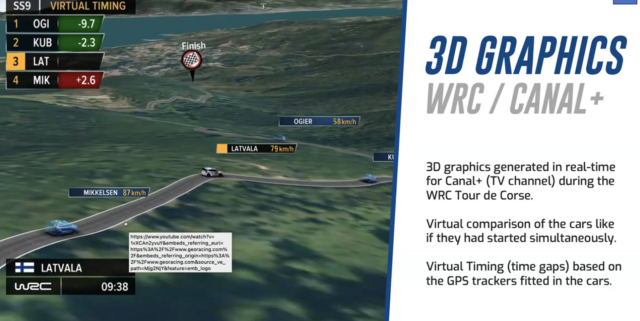
We experienced the thrill of a rally with David Barbosa from Trimaran, who showcased GeoRacing:
GeoRacing is an advanced platform that elevates the experience of watching live sports. Perfect for events with complex routes and real-time positioning, such as sailing, cycling, and motor racing, GeoRacing offers stunning 3D visualizations. Viewers can immerse themselves in the race, tracking the course, participants, and their movements in real-time. Barbosa’s examples brought the excitement of the races to life, making us feel like we were right there in the front row.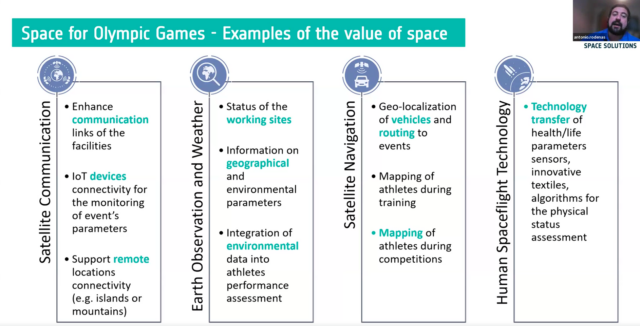
The stories were presented to showcase the numerous occasions and domains where sports meets space technologies. To encourage and stimulate new innovation and, why not, spark new ideas, Antonio Rodenas, from the European Space Agency Business and Space Solutions department, provided the community with an overview of the ESA open call “Space for Olympic Games”.
This call is currently open, and will be until the end of 2025! It is aimed at supporting new-space based services for the digital transformation and sustainability of the sport sector.
Got some ideas? Go and check it out!
The upcoming Paris Olympic and Paralympic Games, and also the Milano Cortina Winter Games in 2026 have committed to deliver zero-net events with a strong engagement with the communities. This will require numerous investments in sustainable innovation which could target the development of sustainable infrastructures, smart and green Olympic cities, crowd management, and an innovative engagement with fans.
Embrace the Olympic spirit, and discover the connection between the sport and space domains with our Webinar Space4Sports.
